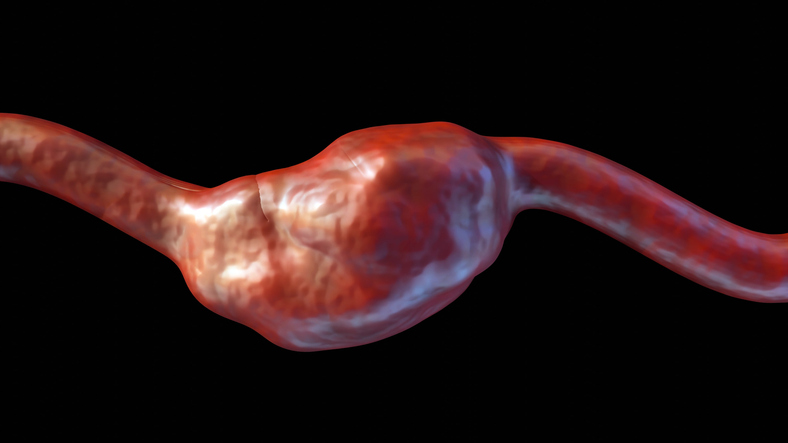
Heart failure (HF) is the leading cause of hospitalization and rehospitalization in the US. About 6.2 million adults in the US suffer from HF, accounting for an estimated $30.7 billion in 2012 in healthcare costs. Prior studies have shown smoking as a modifiable risk factor for HF. However, previous studies have shown a correlation with heart failure with reduced ejection fraction (HFrEF), with conflicting evidence for heart failure with preserved ejection fraction (HFpEF). Researchers from Johns Hopkins report a significant correlation between smoking and HFrEF and HFpEF from the Atherosclerosis Risk in Communities (ARIC) study cohort.1
The ARIC study enrolled 9345 participants from 4 communities from Maryland, North Carolina, Minnesota, and Mississippi and stratified them as current, former, and never smokers. The enrollment started in 2005, at a median follow-up of 13 years (555 cases of HFpEF, 492 HFrEF, and 168 cases of unknown EF status). Current smokers were younger, had lower BMI, yet had a higher prevalence of coronary heart disease. After adjusting for confounding factors, the current smokers were twice likely to develop HF [HFrEF(HR:2.16(1.55-3.00) and HFpEF(HR:2.28 (1.67-3.10))]. Even former smokers were more likely to develop HFrEF(HR:1.36 (1.10-1.68)) and HFpEF(HR:1.31 (1.08-1.59)).1
With every 10-pack year of continuous smoking, an increased incidence of HF was noted (HR:1.14 (1.11-1.16)), showing a dose-response relationship and incidence of HFpEF and HFrEF. Smoking for more than 25-pack years of tobacco revealed almost double the risk of developing HFrEF and HFpEF. Nevertheless, long-term (more than 30 years) smoking cessation revealed new-onset HF as a similar risk to never smokers.
The ARIC study is a large-scale community-based research study enrolling a biracial population revealing a crucial association between smoking and HF. However, the study is limited by its observational nature. Furthermore, there is increasing use of e-cigarettes in the current era, and the role of e-cigarettes was not assessed in this study.
Lead researcher and cardiologist from Johns Hopkins, Dr. Kunihiro Matsushita comments; “Cigarette smoking was associated with both HFpEF and HFrEF in a graded fashion after accounting for potential confounders. For example, people smoking 25+ pack-years had ~2-fold increased risk for HF compared with those who never smoked. Smoking cessation contributed to lower risk of HF, but its excess risk persisted for a few decades. Therefore, public health policies and programs should emphasize avoidance and cessation of cigarette smoking to prevent HF. Our findings on HFpEF are particularly important since there are limited treatment options to treat this unique type of HF.”







 © 2025 Mashup Media, LLC, a Formedics Property. All Rights Reserved.
© 2025 Mashup Media, LLC, a Formedics Property. All Rights Reserved.